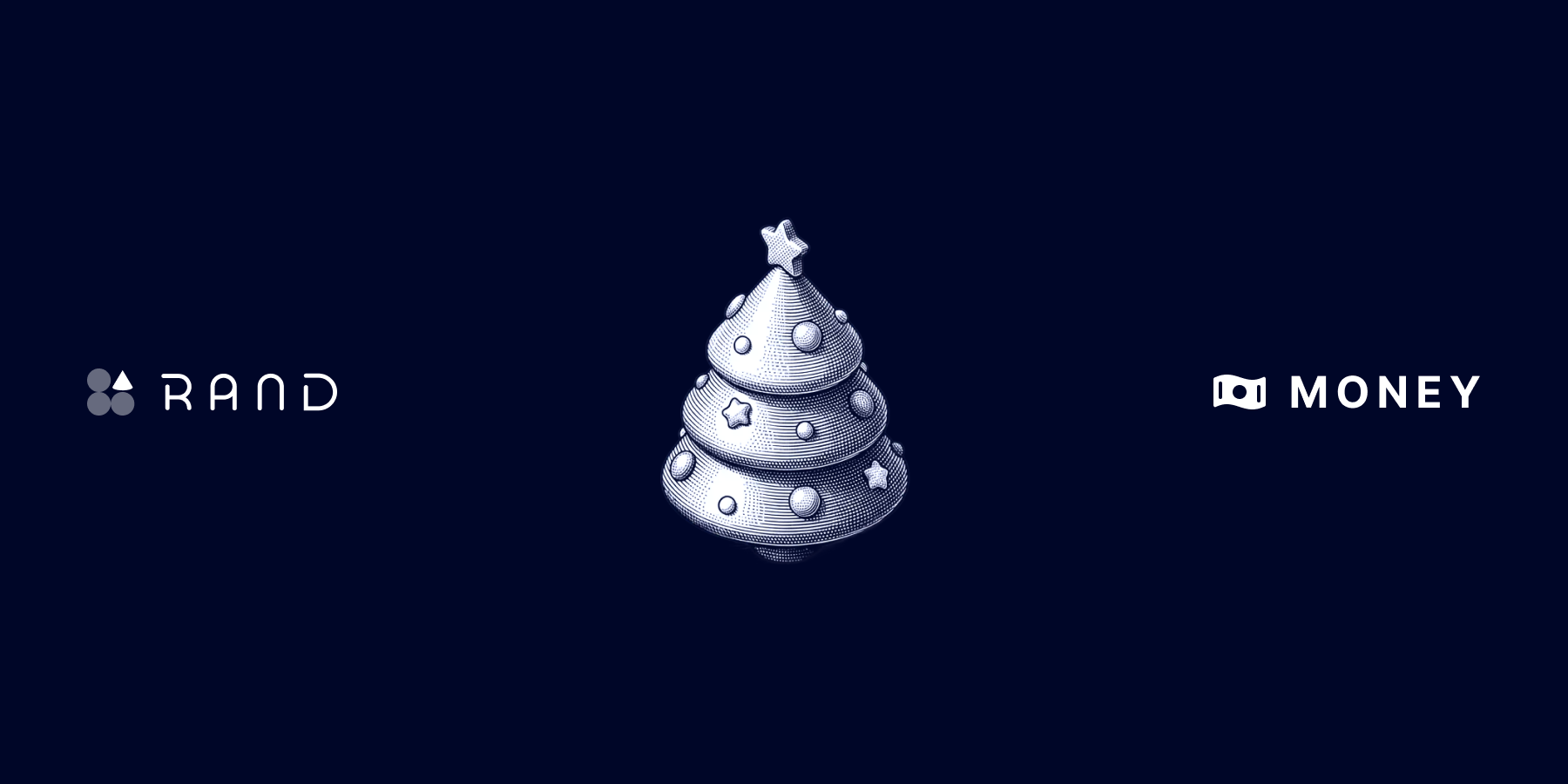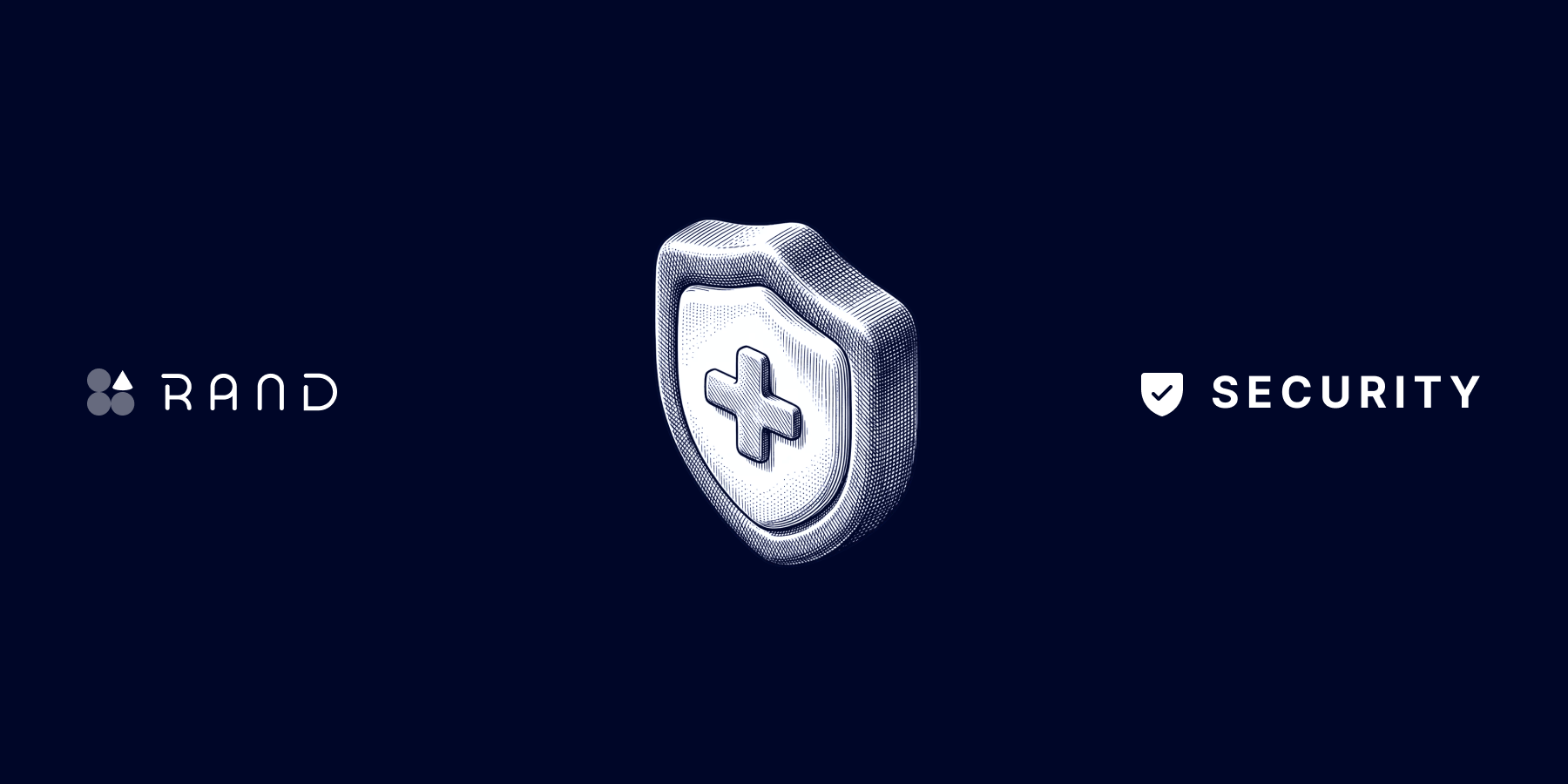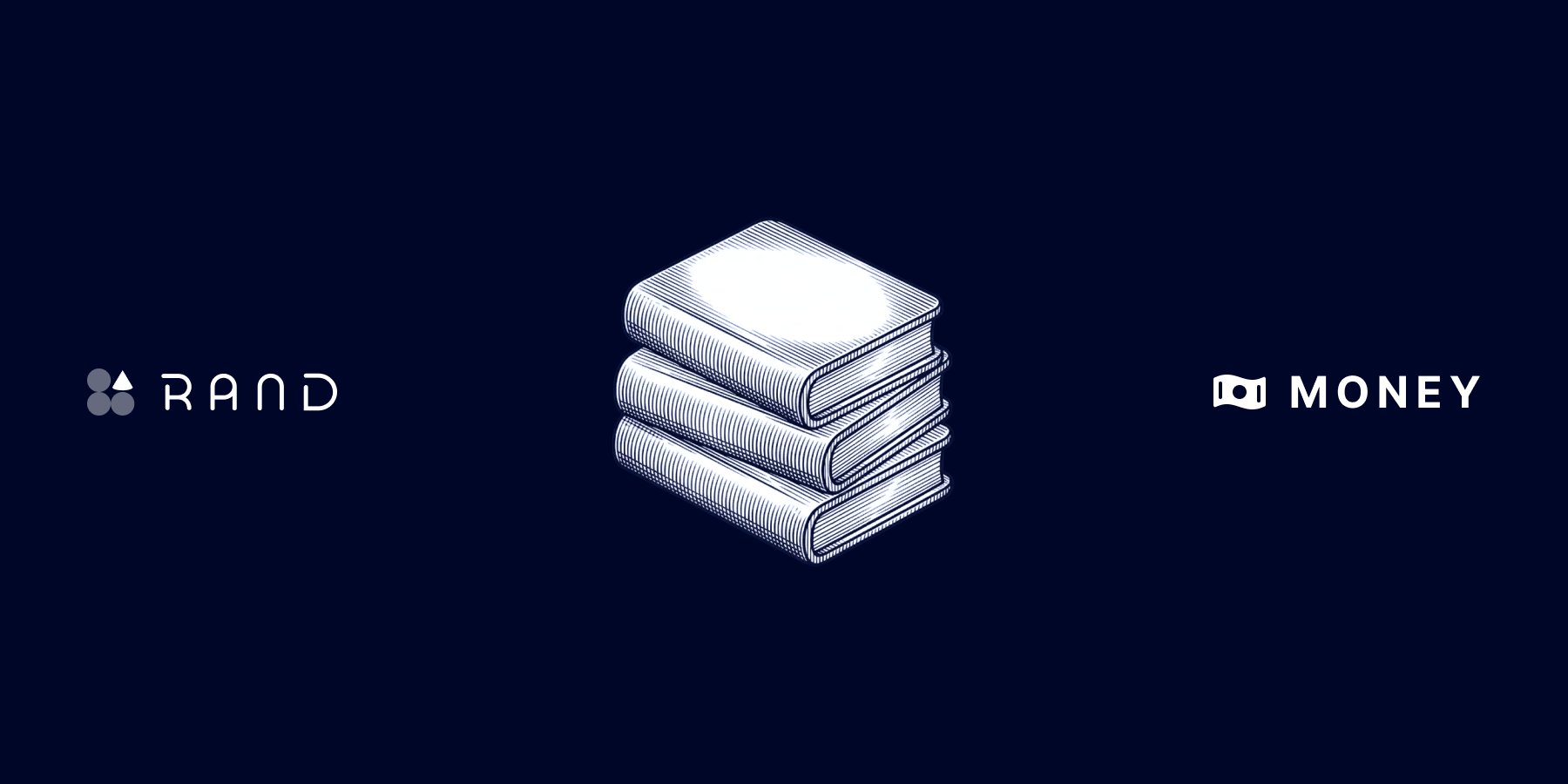Inflation remains one of the biggest economic challenges of 2025. Although the year-over-year rate stands at 2.9% as of this January, its effects are strongly felt in our pockets. From electricity costs to housing prices, purchasing power is weakening. Inflation is squeezing society and demanding new financial strategies.
Here are the key aspects to understand how inflation is reshaping our daily economy:
Shopping Basket & Housing: Prices Keep Rising
- Year-over-year inflation: 2.9% in January 2025.
- Electricity: +20.5%.
- Housing: +8.1% in Q3 2024.
Although the CPI does not directly include home purchase prices, this expense is eating up an increasing portion of household budgets. The constant rise in rents and mortgages limits other financial decisions, such as saving or investing.
Automobile Market: Why Have Prices Skyrocketed?
The shortage of semiconductors and the end of widespread discounts have led to price hikes across all market segments.
- Between 2021 and 2022, new car prices rose between 6.3% and 12.5% in the five major European markets.
- In 2023, the increase accelerated, reaching between 6.7% and 16.8%.
- A Transport & Environment study from last year estimated that entry-level models from major European manufacturers saw a 41% price surge—almost doubling costs.
The reasons?
- Chip shortage: Post-pandemic scarcity reduced production and drove up vehicle prices.
- More expensive raw materials: Higher prices for steel, aluminum, transportation, and energy.
- Fewer sales, higher margins: Fewer cars sold, so brands raised prices to maintain profits.
- Environmental regulations: Stricter laws and the transition to electric vehicles require costly investments.
- Mandatory tech upgrades: New safety and assistance systems now required add to final costs.
Salaries vs. Inflation: A Losing Battle
Despite nominal wage increases, real purchasing power continues to decline.
- Average wage increase (2018-2023): +22.2%.
- Real increase (adjusted for inflation): Just 2%.
This is a crucial detail that deserves attention. While news outlets highlight rising minimum and average wages in Spain, the reality is different. Although the average salary has increased by 22.2%, in practice, this only translates to a 2% real gain—meaning that due to inflation, we continue losing purchasing power without realizing it.
- Inflation absorbed: 89% of wage increases.
- Average purchasing power loss per worker: €1,410 since 2018.
- Result: Making ends meet is increasingly difficult, and saving is harder than ever.
Where Is Your Money Losing Value Without You Noticing?
Keeping your savings in a traditional account is a bad move in times of inflation:
.png)
💡 Holding cash in a non-interest-bearing account results in a real loss of 3% per year, equivalent to the current inflation rate.
How Rand’s Earn Account Helps You Fight Inflation
Rand is a financial app designed to make your savings work for you instead of losing value. How does it achieve this?
1. Real Returns Against Inflation
With up to 6.5% APY, Rand significantly outpaces the current inflation (~3%), meaning your money not only retains its value but actually grows.
📊 Practical Example:
- €10,000 in a traditional account → €50 annual gain.
- €10,000 in Rand’s Earn account → €650 annual gain.
- Difference: +€600 per year that effectively counters inflation.
2. Daily Returns Without Hidden Fees
You earn interest every day, with no fine print. No fees or penalties for withdrawing your money. What you see is what you get.
3. Instant Liquidity, No Minimums or Lockups
Unlike other financial products, Rand allows you to withdraw your money anytime, with no costs or waiting periods.
Start with any amount. Rand has no minimum deposits or lock-in periods.
You deposit euros, watch your savings grow, and withdraw them when you need them—when you reach your financial goal. All with no fees or hidden costs.
4. Security and Trust
Funds are held by Copper, a recognized custodian insured by Lloyd’s of London. Additionally, Rand is registered with the Bank of Spain, complying with the highest security standards and European regulations.
5. Technology Working for You
Rand is a simple and intuitive app, where you can manage your savings effortlessly. You can track your savings growth from your phone, without paperwork or hassle.
6. Ideal for Diversifying Your Savings
Rand is a perfect option for the liquid portion of your portfolio. You can use it alongside ETFs, index funds, or long-term investments to create a smart mix of returns and availability.
Diversification: The Key to Protecting and Growing Your Money
It’s not just about choosing a good option but strategically allocating your money:
- Keep a liquid portion in accounts like Rand for stable, annual returns.
- Invest in ETFs or index funds for medium/long-term growth.
- Explore other options like real estate, bonds, or cryptocurrencies, provided you have financial education beforehand.
The key takeaway: Money that doesn’t move loses value. Now more than ever, putting your savings to work in multiple ways is essential.
Protecting Your Money Is More Urgent Than Ever
Inflation hasn’t disappeared, and wages are failing to keep up. This forces us to make smarter financial decisions.
Diversifying, investing, and using tools with real returns and liquidity—like Rand’s Earn account—are essential to maintaining purchasing power. While not all your money should be in one place, all your money should be working for you.
.png)
👉 Sign up and download the app for free here.



























